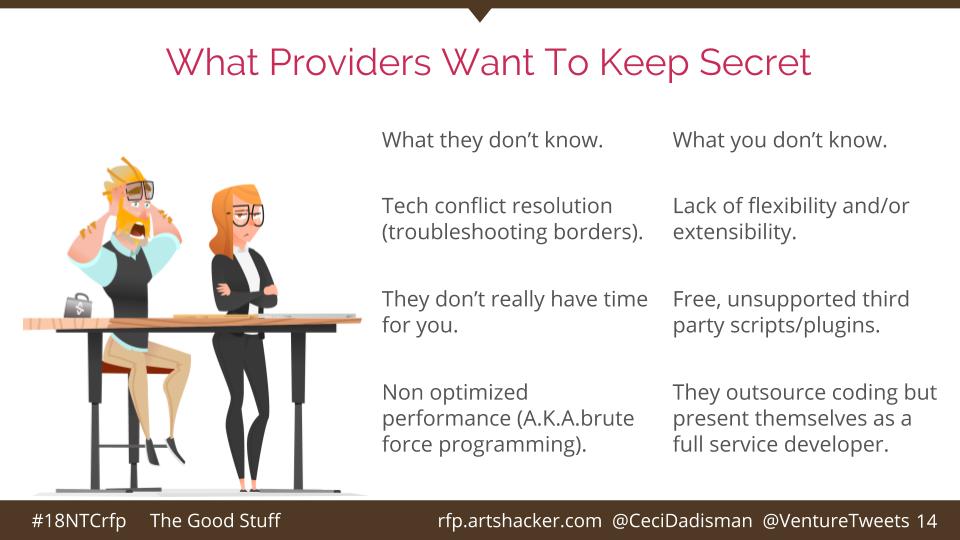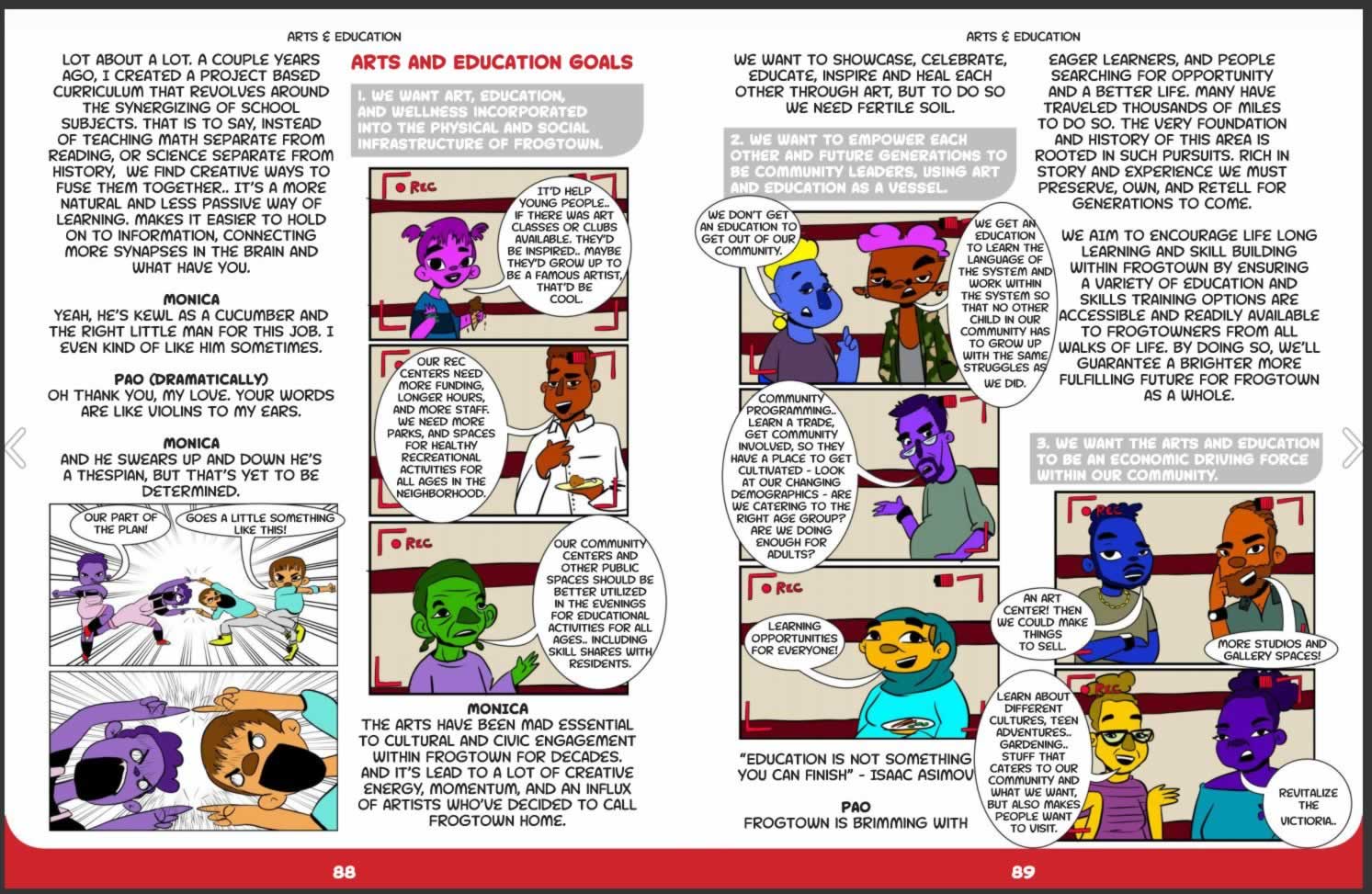Intriguing video came across the old social media feed today in the form of a review calling the visual art oriented MMO Occupy White Walls as “The Weirdest MMO I Have Every Played.” The game is in alpha testing, but according to the reviewer, Fevir, that doesn’t detract from the experience.
Part of the motivation behind the game, according to Yarden Yaroshevski Founder and CEO of StikiPixels which is creating the game, is to provide a place to display the large segment of museums’ collections that are kept in storage and rarely seen.
The game allows you to create your own art gallery or museum and display different works in it. Other players can come by and browse. The game will also send non-player characters (NPCs) to visit and potentially pay admission fees. The in game currency can be used to expand and further customize your space–including “purchasing” art to display.
The game’s Artificial Intelligence (AI) learns what type of art you like as you browse, like or buy. My first thought, given the social media climate, is that this information could be sold to businesses who would then start soliciting you to buy art in real life. Not something I would be too keen on.
However, since people can upload their own images, the AI will serve the valuable function of keeping you from being inundated with pornographic images and memes. The company doesn’t want to be in the position of declaring what is and is not art. Ultimately, they may end up needing to limit or ban some content. If you are concerned about being subjected to dick-pix it would probably be prudent to wait until later stages of game development when the AI algorithm has learned to effectively filter them out.
Currency generated from player and NPC traffic appears to be the only competitive element to the game right now. For the most part, the game is largely focused on providing a platform to present, learn and discuss a wider range of visual art works.
I think it would be great if there was a way to pilot promotional efforts and test responses virtually. If the Artificial Intelligence (AI) was sophisticated enough to cross reference human player responses to different programmatic and promotional efforts and then direct appropriate NPC efforts to create a feedback loop to attract the notice of more players, that might be helpful.
In the context of problems with social media AI algorithms being effective at filtering undesirable activity, I would be concerned that the AI could be easily gamed to garner the most response for the least amount of effort. On the other hand, a my suspicion is lot of social media algorithms are purposefully permissive so as to retain the largest number of users. This game wouldn’t necessarily need to make things so flexible.
Fevir describes himself as “art indifferent” based on his experience with physical museums, but said after a few hours with the game AI, he started to see stuff that appealed to him. Once that happened, he began to delve into the notes about the artist, media and historic period in which the work was made.
He seems to feel that the ability for people to curate exhibits focused on particular artists, mount temporary exhibits and have conversations about brush technique took this beyond the experience of websites like Art Station, Deviant Art and the Museum of Modern Art’s online collection.
While it admittedly may have niche appeal, the basic concept and direction combined with opportunities for virtual reality viewing have some potential. There might be opportunities to mount exhibitions virtual exhibits that parallel real life exhibits. Being able to view and learn about something privately may provide people with the confidence to visit in real life. If people understand that the virtual experience doesn’t compare with really standing before a work, it may drive more visits to museums.
The downside, of course, is that if people feel like a virtual facsimile is acceptable, there may be fewer objections to works being deaccessioned and sold to private entities.
But as with so many pieces of technology, there is always potential for explosive usage in a manner the creators didn’t anticipate. It may be worth keeping an eye on this game or similar software that may emerge.










There is another way. The Gewandhaus Leipzig in Germany (concert venue) offers flex- tickets for a small premium. Not an…